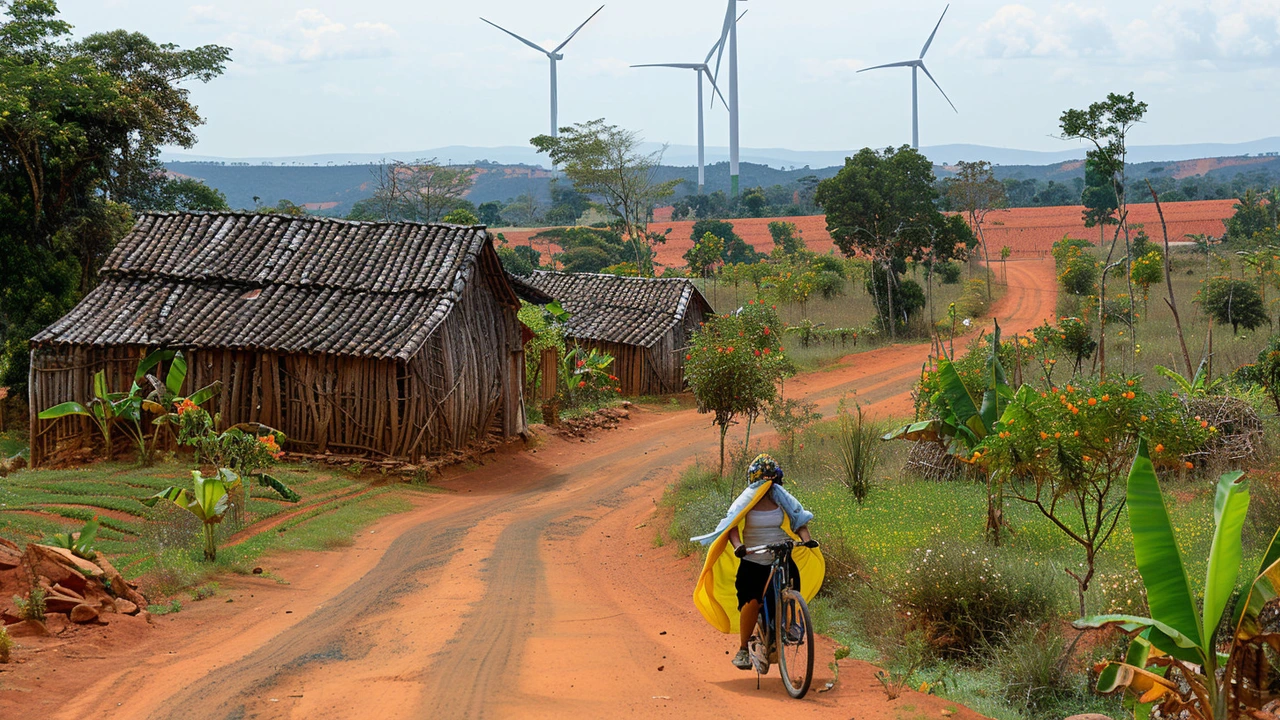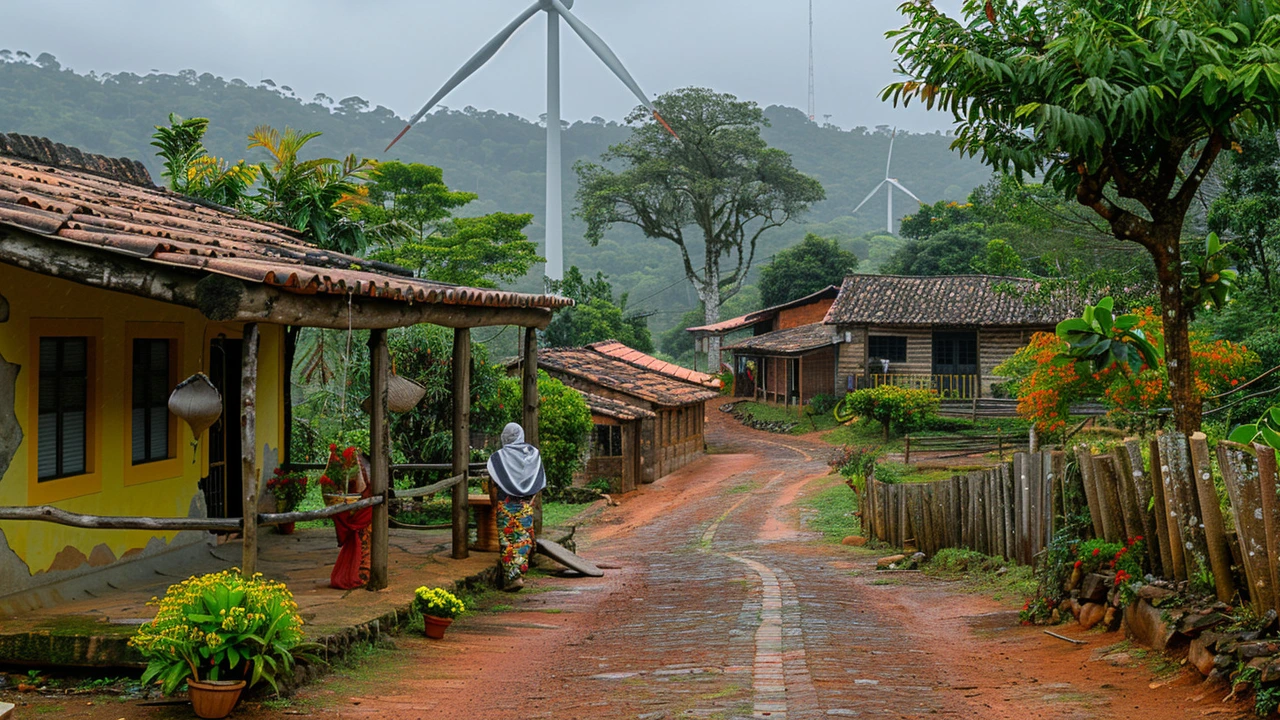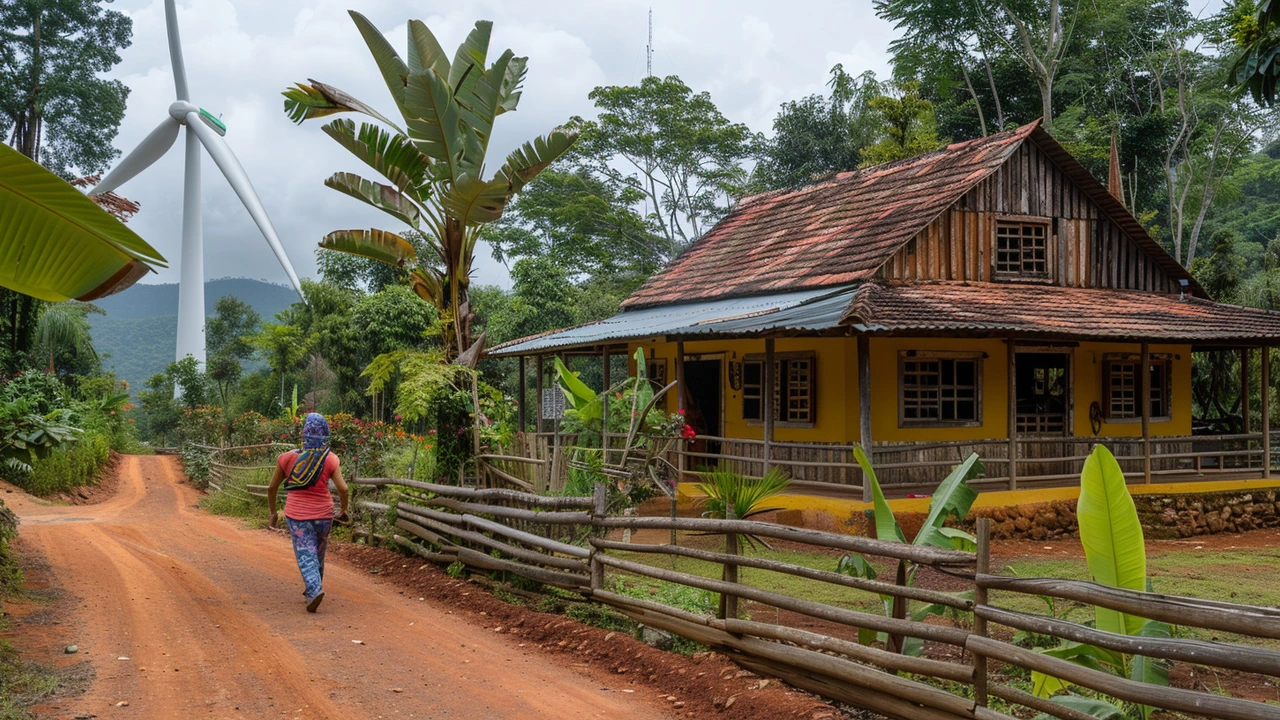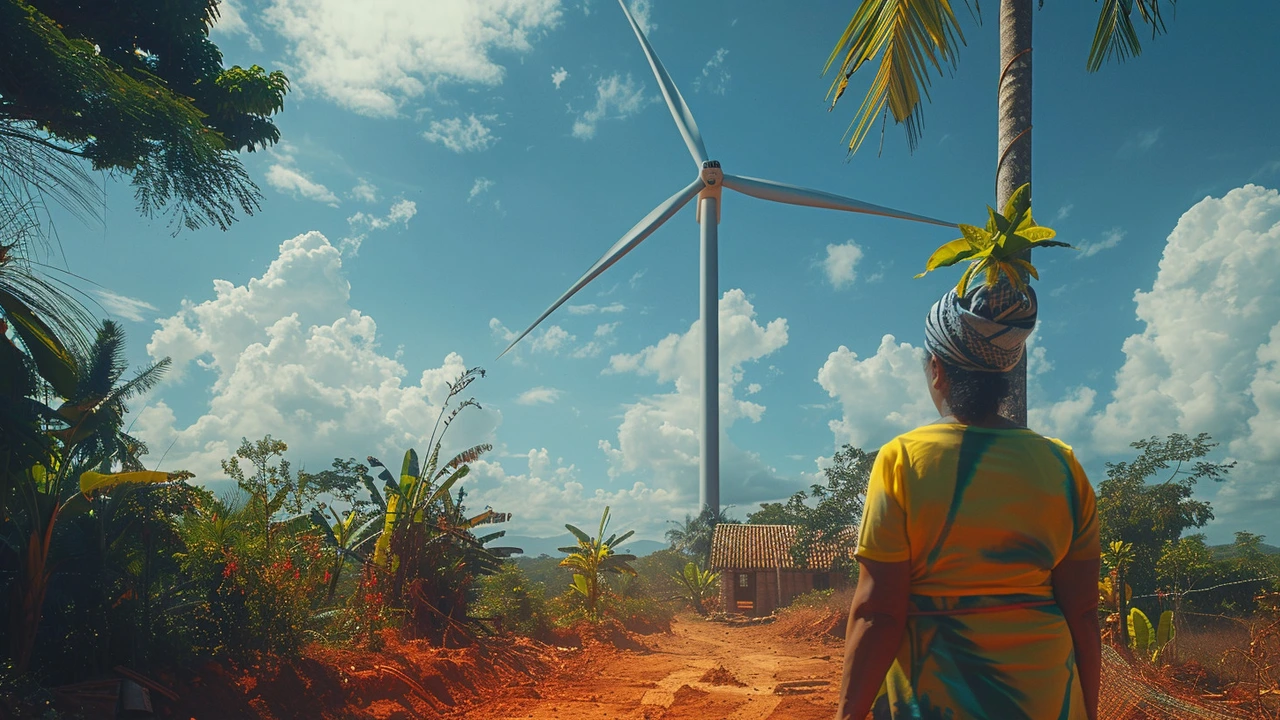Wind and Solar Energy Booms in Brazil and Their Consequences
The surge in Brazil's renewable energy sector, particularly through wind and solar farms, has been hailed as a monumental stride towards mitigating climate change. However, recent findings published in Nature Sustainability highlight a darker side to this rapid expansion. The study sheds light on the privatization of land that has been the backbone for traditional communities in the semiarid northeastern region, particularly within the unique Caatinga biome.
Over the past decade, Brazil's installed wind energy capacity has seen an unprecedented growth, catapulting from 1.2% of the nation's energy mix in 2011 to a significant 11.4% by 2021. This impressive nearly tenfold increase is a testament to the country's commitment to renewable energy. Solar power isn't far behind, having grown a staggering 26 times during the same period, although it still makes up a smaller 2.6% of the energy mix. Despite these green credentials, the infusion of these technologies has come at a steep cost to local communities.

The Impact on the Caatinga Biome
The expansive northeastern region of Brazil, known for its semiarid Caatinga biome, is witnessing significant land conflicts as renewable energy projects burgeon. Traditional communities, whose livelihoods depend on this land, are increasingly finding themselves edged out. The study reveals that 574 wind farms now occupy an area of 2,148 square kilometers, while 117 solar farms take up another 102 square kilometers. Often, these farms are established on land whose titles were acquired suspiciously close to the initiation of project investments, raising questions about the methods employed to secure these lands.
Thomas Bauer, a representative from Pastoral Land Commission (CPT), an advocacy group, underscores the severity of the situation. According to Bauer, local communities, known as fundo de pasto communities, have long-standing legal rights to use these lands for essential activities such as grazing, firewood collection, and gathering medicinal plants. The encroachment of private enterprises into these lands has sparked significant tension, with allegations that intermediaries and intimidation tactics are being used to divide these communities and lay claim to their ancestral lands.
The Dual-edged Sword of Climate Mitigation
The renewable energy sector's rapid expansion in Brazil is a classic double-edged sword. On the one hand, these projects are critical components in the global fight against climate change, helping reduce reliance on fossil fuels and lower greenhouse gas emissions. Brazil's commitment to renewable energy is evident and commendable, reflected in the country’s global stature as a leader in wind energy production. The northeast’s potent winds and ample solar radiation offer an ideal setting for such sustainable projects.
However, the social and economic fabric of traditional communities is unraveling as a consequence of this environmental progress. For generations, these communities have thrived on collective land use, relying on natural resources for their daily sustenance and cultural practices. The privatization of these lands is placing their traditional way of life at risk. The intrusion threatens not only their economic stability but also their cultural heritage and social cohesion.

Legal Rights versus Commercial Interests
The clash between legal rights of traditional communities and commercial interests of renewable energy companies is becoming increasingly pronounced. Fundo de pasto communities hold communal rights that have been respected for generations. However, the accelerating pace of renewable energy projects, driven by commercial entities, often neglects or outright disregards these communal rights.
Advocacy groups argue that land appropriation tactics involve a range of strategies, from legal maneuvering to outright intimidation. Reports suggest that intermediaries, working on behalf of corporations, engage in practices that undermine community integrity, dividing them to weaken collective resistance. This turmoil calls for a balanced approach that respects the rights of local inhabitants while advancing critical environmental objectives.
Advocacy and Future Directions
Amidst the tensions, various advocacy groups are championing the cause of communal land rights. The Pastoral Land Commission, among others, is vocal about the need for stringent measures to ensure that traditional communities are not sidelined in the rush to expand renewable energy projects. They call for transparent and fair processes that recognize and incorporate the rights and voices of these communities in any land-related decision-making.
The study’s findings have sparked a call for more inclusive policies that can mediate the interests of both renewable energy developers and traditional land users. This could involve crafting legal frameworks that ensure the participation of indigenous and local communities in planning and execution phases, thereby safeguarding their livelihood and heritage.

Global Implications
Brazil's situation is not an isolated case. Similar conflicts between renewable energy expansion and traditional land rights are emerging worldwide. From the deserts of Africa to the plains of Asia, indigenous and rural communities face the brunt of renewable energy project's land demands. As the world recognized the urgency of combating climate change, it is equally imperative to address these socio-economic conflicts, seeking solutions that harmonize environmental sustainability with social justice.
Ultimately, the challenge lies in crafting models of sustainable development that are not only environmentally sound but also socially equitable. Brazil’s experience offers valuable lessons for other nations pursuing aggressive renewable energy goals. The path to a greener future must ensure that no community is left behind and that the rights of all stakeholders are equitably addressed.
In essence, while the promise of renewable energy shines bright, it is crucial to navigate these complex socio-environmental landscapes with sensitivity and inclusiveness. Only then can we achieve a truly sustainable and just energy transition.





